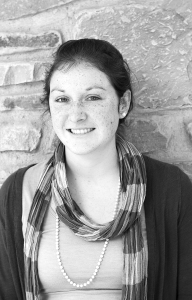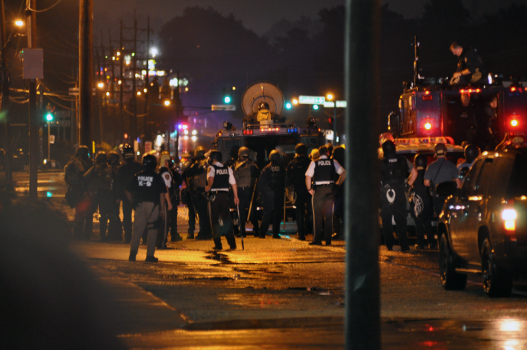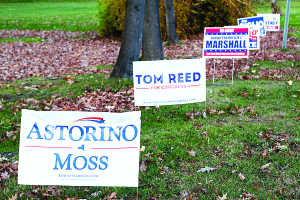On what many thought was an ordinary August day, within a suburb outside of St. Louis, in Ferguson MO, a not so ordinary incident occurred. Michael Brown an unarmed African American 18 year-old was shot and killed by a white police officer, Brian Wilson. The event initiated violent riots and protests throughout the country, which have continued and only heightened after the grand jury made their final decision. The account of the event has varied. However reliable sources state Brown fled from a Market and Liquor store where he and one other person stole cigarillos, a type of cigar.
A block away, Officer Wilson met him on the street. Wilson then proceeded to stop the men, calling them from his S.U.V. A quarrel erupted between the two, where some witnesses say Brown attempted to grab the officer’s gun. Two shots were fired, missing and/or grazing the teenager. The officer supposedly proceeded to chase the suspect. Brown then turned and began to run towards the officer who fired several more shots. A majority of the evidence collected appears to support this testimony, investigators say.
The grand jury, made up of 9 whites and 3 blacks, was responsible for determining whether or not there was a probable cause to indict Officer Wilson with crime. A New York Times article reported the recently published transcripts, forensic and photographic evidence by the county prosecutor, which is traditionally kept clandestinely away from the public.
The Ferguson case is arguably unique and intricate in more than one way. First, typical court cases are usually presented to a jury within one day whereas the grand jury in the Ferguson case met over a span of 25 days within a 3 month period. Secondly, the grand jury received testimonies of the incident from over 60 witnesses. A jury will usually see only two to three witnesses per case. Thirdly, a jury doesn’t usually hear from the defendant themselves, however Officer Wilson’s testified for 4 hours. Fourthly, a prosecutor generally offers a range of specific charges, which a grand jury may base their indictment on. In the Ferguson case, Robert P. McCulloch, the county prosecutor, did not recommend any charges against Wilson. Lastly, under Missouri Law, all evidence and related material is kept secret within the courtroom, and may be submitted at a later trial. Not so here, McCulloch released all documents following the grand jury’s decision not to indict Officer Wilson.
However, the case doesn’t end here. Two investigations are underway. A civil rights inquiry was opened up by the F.B.I., involving the shootings that took place on August 11. The other civil rights investigation was opened by the Justice Department, who has begun to examine whether the policy in Ferguson have a historical background of discrimination and exploitation of force. The death of Michael Brown sparked numerous protests and riots for weeks. Buildings were set on fire and raids on business were reported. Police were forced to respond with tear gas and rubber bullets. Governor Jay Nixon deployed the state’s National Guard to curb the violent responses prior and post the jury’s decision.
 Recently President Obama responded to the uprisings following the grand jury’s decision, suggesting this case represents “the broader challenges we still face as a nation,” involving discrimination. Furthermore, the President responded to accusations of racism in Ferguson as a result of the “legacy of racial discrimination in this country.” These statements reflect the facts that Ferguson County consists predominantly of black communities.
Recently President Obama responded to the uprisings following the grand jury’s decision, suggesting this case represents “the broader challenges we still face as a nation,” involving discrimination. Furthermore, the President responded to accusations of racism in Ferguson as a result of the “legacy of racial discrimination in this country.” These statements reflect the facts that Ferguson County consists predominantly of black communities.
Nearly the entire police force in Ferguson consists of white males, with the exception of four blacks. This ratio reflects a historical trend ‘white flight’ in many American cities over the last few decades. As many white families moved out to the suburbs, black families have moved into the suburbs. However, the large number of white officers may reflect the nature of job placement or historical relationships and ties to the community.
As riots and protests are breaking out around the country, people are wondering what will happen next. The death of Michael Brown has raised questions about the relationship between black communities and law enforcement. Perhaps the case reiterates the demand for our nation to address our criminal justice system. However, without a doubt in terms of dispensing true justice, many contend our system is the best in the world. “But, like every facet of the American democratic experience…,” CNN legal analysis and criminal defense attorney, Mark O’Mara remarks, “…it can use polishing.” Within these months and even years to follow, The Justice Department will be forced to grapple and respond to these harsh realities facing our nation today as it pertains to justice and discrimination.




 In spite of this, Putin has still been under heavy scrutiny by Western leaders for what they believe to be suspicious political motives in Russian involvement with Ukraine. In spite of this skepticism, Ukrainian president Petro Poroshenko expressed cautious optimism about the cease-fire. In a White House press conference following the recent North Atlantic Treaty Organization (NATO) summit in Wales, President Obama spoke to the Associated Press saying he remained “hopeful but, based on past experience, also skeptical” about the strength of this ceasefire.
In spite of this, Putin has still been under heavy scrutiny by Western leaders for what they believe to be suspicious political motives in Russian involvement with Ukraine. In spite of this skepticism, Ukrainian president Petro Poroshenko expressed cautious optimism about the cease-fire. In a White House press conference following the recent North Atlantic Treaty Organization (NATO) summit in Wales, President Obama spoke to the Associated Press saying he remained “hopeful but, based on past experience, also skeptical” about the strength of this ceasefire.